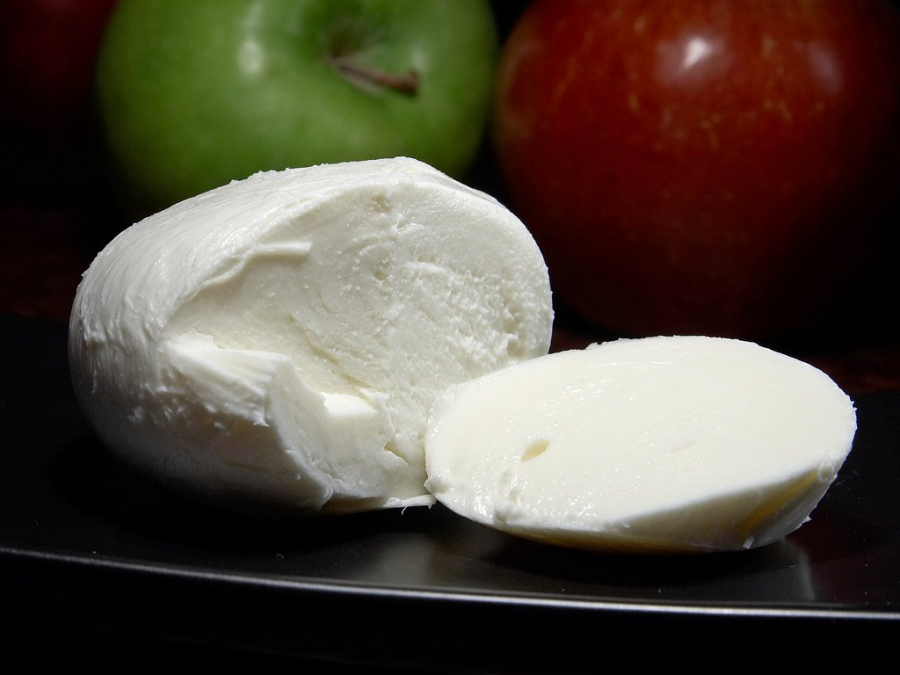The Origin of Pizza
An ancient specialty of the Mediterranean region, pizza is simply a flatbread topped with various ingredients.
Many ancient cultures, including the Greeks and Phoenicians, ate a flat dish made from flour and water in the early days. The dough was mixed and placed on a hot stone and sprinkled with herbs for flavor. The dish quickly became popular and spread to the Romans, Egyptians and Babylonians, and is even mentioned in historical records from thousands of years ago. However, it was not called pizza.

The word “pizza” is believed to have come from the Latin word “Pinsa,” meaning flatbread. Some legends say that Roman soldiers copied Jewish cooking while stationed in Palestine, then developed a similar dish when they returned home. However, several archaeological projects have uncovered evidence of pizza as early as the Bronze Age in the Veneto region of Italy.
Documents show that farmers at the time prepared a dough similar to modern pizza and topped it with olive oil and herbs as a substitute for expensive foods.

The flatbread was originally baked with olive oil and herbs.
During the Middle Ages, the Indian water buffalo was introduced to Italy, bringing an improvement to the common flatbread. Chefs spread the word that adding a layer of cheese on top of the bread would enhance the flavor of the dish. Gradually, cheese became an indispensable ingredient in this bread.

The introduction of cheese in Italy changed the recipe for the usual flatbread.
The introduction of tomatoes in the 18th century changed the pizza recipe once again. However, it was not until the 19th century that tomatoes became a popular ingredient in this dish. The reason is that, at first, this fruit was considered poisonous and was only grown as an ornamental. It was poor farmers who discovered the culinary value of this fruit.

By this time, pizza had taken shape with basic ingredients such as cheese, tomatoes and herbs. However, it was still considered a common dish, not suitable for the table of the nobility. The dish was only widely recognized when a historian tasted it at a stall in Naples and praised it in his notes.
As the dish became popular, Italian chefs, instead of repeating the old recipe, decided to improve the dish, adding different fillings such as meat and fish to attract customers.

In 1830, the first pizzeria for the upper class was born, called Antica Pizzeria Port'Alba.
Traditional Italian Pizzas
Since being sold in luxury bakeries, pizza has changed its preparation method, no longer using crude hot stones but baked in charcoal stoves. The flour is also added yeast and left to ferment longer. In addition, tomatoes are also processed into sauce instead of simply sliced.

Besides cheese and tomatoes, the fillings also vary from region to region.
For example, a typical Neapolitan Marinara pizza will have oregano, anchovies, and lots of garlic. A Capricciosa pizza will have mushrooms, prosciutto, artichokes, olives, and half an egg. A Pugliese pizza will have caper sauce and olives. A Veronese pizza will have mushrooms and Crudo bacon. A Sicilian pizza will have a variety of fillings, including green olives, seafood, boiled eggs, and beans.

Pizza Quattro Formaggi.
Some pizzas have distinctive flavors that are popular throughout Italy rather than being unique to one region. Pizza Quattro Formaggi combines four types of cheese: mozzarella, gorgonzola, ricotta, and Parmigiano Reggiano.
Common toppings used on pizza include tuna marinated in olive oil, shrimp, mussels, clams, etc.

Tuna marinated in olive oil is a popular pizza topping.
Quattro Stagioni is another traditional Italian pizza with ingredients like artichokes, salami, cotto ham, mushrooms and sliced tomatoes. In Liguria, tomato sauce is replaced with basil pesto. There are many other pizzas and all are worth trying at least once in your life.


































